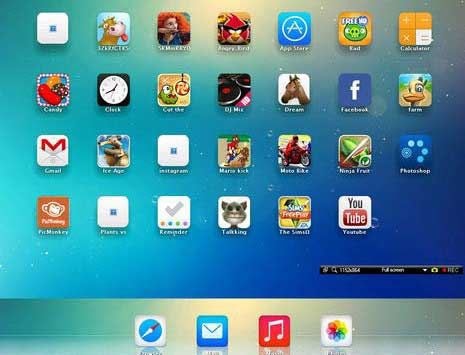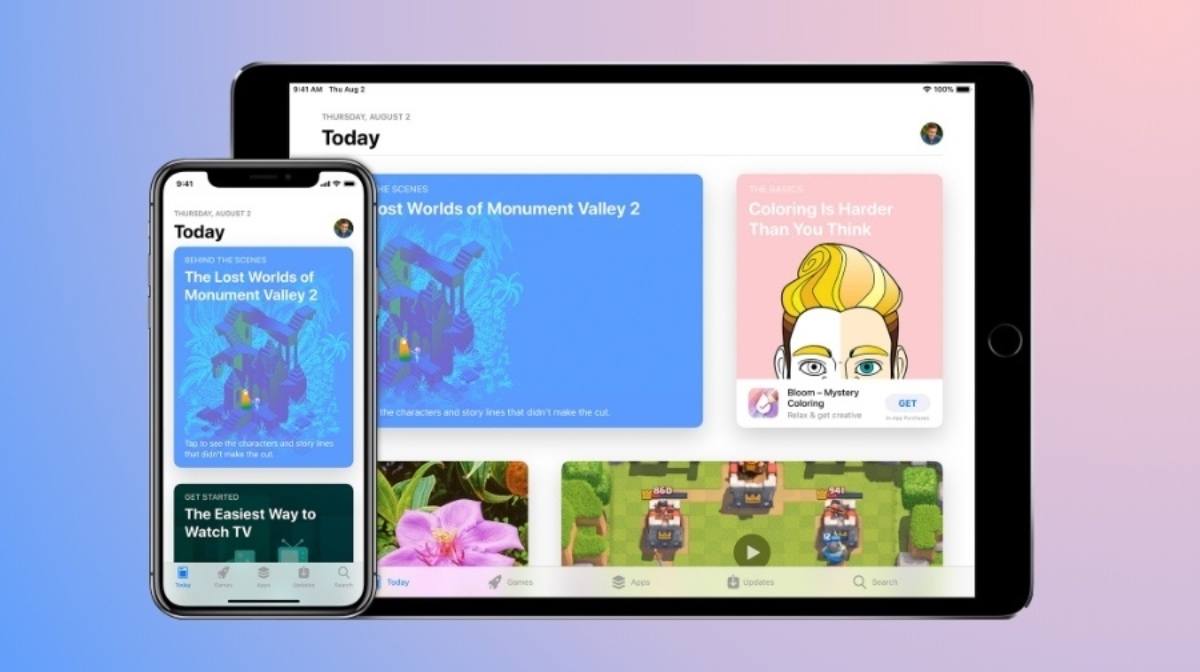
RUNNING EMULATOR FOR ANDROID FOR MAC ANDROID
X86 Android ABIs (Application Binary Interface, or system images) are now available to support hardware-acceleration on most computers. There’s KVM (Kernel-based Virtual Machine) for Linux. Intel’s HAXM (Hardware Acceleration Execution Manager) is a hypervisor component for Windows and macOS. This is called hardware-assisted virtualization.

How it works: When the guest and the host devices have same instruction architecture (say, x86 Android system images and x86 Intel processor), QEMU skips the ‘binary translation’ part and runs the guest device directly on the host CPU. With the release of version 25.3.0, Developer Studio upgraded their emulator to support hardware-assisted virtualization. Thankfully, it can be skipped if the guest and the host CPU architectures are the same, with the help of a hypervisor.īefore 2017, Android Developer Studio’s emulator had to translate Android’s ARM architecture to match the Intel/AMD architectures commonly used in PCs. The translation of CPU architectures is a complex, time-consuming process which makes emulation almost painfully slow. You equip this with with an OS and run it like a program on your computer.

Then it translates the Application Binary Interface (ABI) of the guest device to match that of the host device. How it Works: It mimics guest device hardware. QEMU powers most Android emulators (including the one by Android Developer Studio). It can run on a large variety of host (workstation) CPUs/OSs and emulate an even larger range of guest CPUs/OSs.

It’s an open-source and incredibly versatile tool. Complete platform-virtualization (hardware and software emulation) is possible with Quick Emulator (QEMU).


 0 kommentar(er)
0 kommentar(er)
